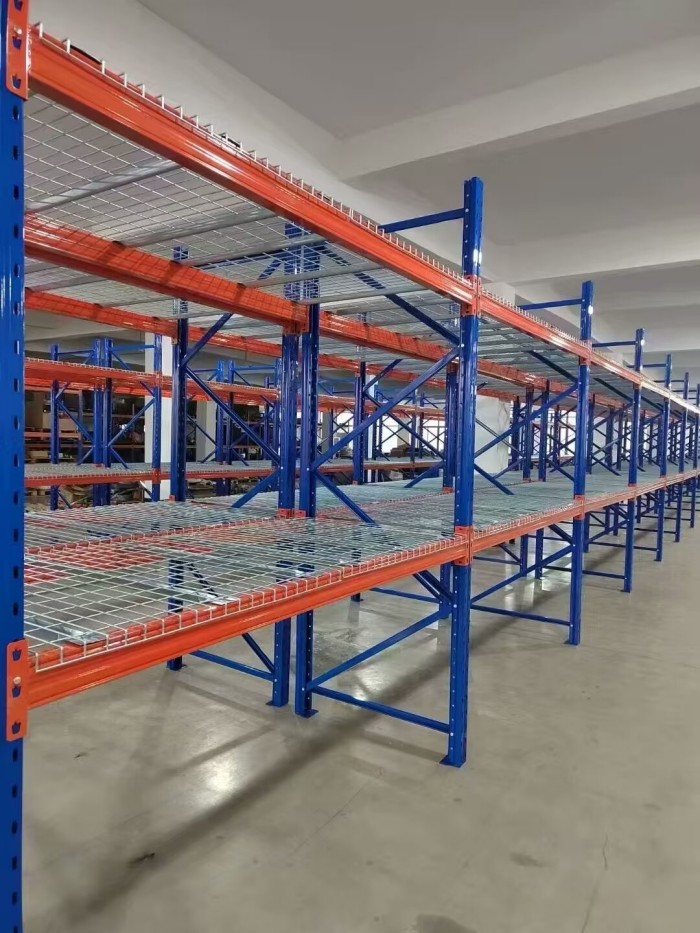
Heat resistant insulation plays a crucial role in various industries, providing protection against high temperatures and ensuring the safety and efficiency of processes. In this blog post, we will delve into the science behind heat resistant insulation, its applications in different sectors, and the benefits it offers. Whether you are a professional in the field or simply curious about this topic, this article aims to provide you with a comprehensive understanding of heat resistant insulation.
- Understanding Heat Resistant Insulation:
Heat resistant insulation refers to materials or systems designed to minimize heat transfer and withstand high temperatures. These insulating materials are engineered to have low thermal conductivity, preventing the flow of heat from one area to another. They are commonly used in industrial settings, such as power plants, refineries, and manufacturing facilities, where extreme temperatures are present. - Types of Heat Resistant Insulation:
There are several types of heat resistant insulation, each with its unique properties and applications. Some commonly used types include: a. Ceramic Fiber Insulation: Made from high-temperature ceramic fibers, this type of insulation offers excellent thermal stability and resistance to chemical corrosion. It is widely used in furnaces, kilns, and high-temperature equipment. b. Mineral Wool Insulation: Composed of mineral fibers, mineral wool insulation provides exceptional thermal insulation and soundproofing properties. It is commonly used in buildings, HVAC systems, and industrial applications. c. Cellular Glass Insulation: This type of insulation is made from crushed glass combined with a foaming agent. It is known for its excellent thermal insulation, fire resistance, and moisture resistance. Cellular glass insulation is often used in cryogenic applications and as insulation for pipes and vessels. - Applications of Heat Resistant Insulation:
Heat resistant insulation finds applications in various industries, including: a. Energy and Power Generation: Heat resistant insulation is crucial in power plants, where it is used to insulate boilers, turbines, and pipes. It helps improve energy efficiency, reduce heat loss, and ensure the safe operation of equipment. b. Petrochemical Industry: In refineries and petrochemical plants, heat resistant insulation is used to insulate distillation columns, reactors, and storage tanks. It helps maintain process temperatures, prevent energy loss, and protect personnel and equipment. c. Automotive and Aerospace: Heat resistant insulation is utilized in the automotive and aerospace industries to insulate engines, exhaust systems, and other high-temperature components. It aids in reducing heat transfer, improving performance, and ensuring safety. d. Construction: Heat resistant insulation is essential in buildings to enhance energy efficiency, regulate indoor temperatures, and provide fire protection. It is commonly used in walls, roofs, and HVAC systems. - Benefits of Heat Resistant Insulation:
Heat resistant insulation offers numerous benefits, including: a. Energy Efficiency: By reducing heat transfer, heat resistant insulation helps conserve energy and lowers heating and cooling costs. b. Safety: It provides a protective barrier, preventing heat-related accidents and minimizing the risk of fire. c. Process Optimization: Heat resistant insulation improves the efficiency and reliability of industrial processes by maintaining optimal temperatures and reducing heat loss. d. Environmental Impact: By reducing energy consumption, heat resistant insulation contributes to a greener and more sustainable future.
Conclusion:
Heat resistant insulation is a critical component in various industries, providing thermal protection, energy efficiency, and safety. Understanding the different types of insulation, their applications, and the benefits they offer is essential for professionals and individuals alike. By incorporating heat resistant insulation into processes and structures, we can optimize performance, reduce energy consumption, and ensure a safer working environment.






